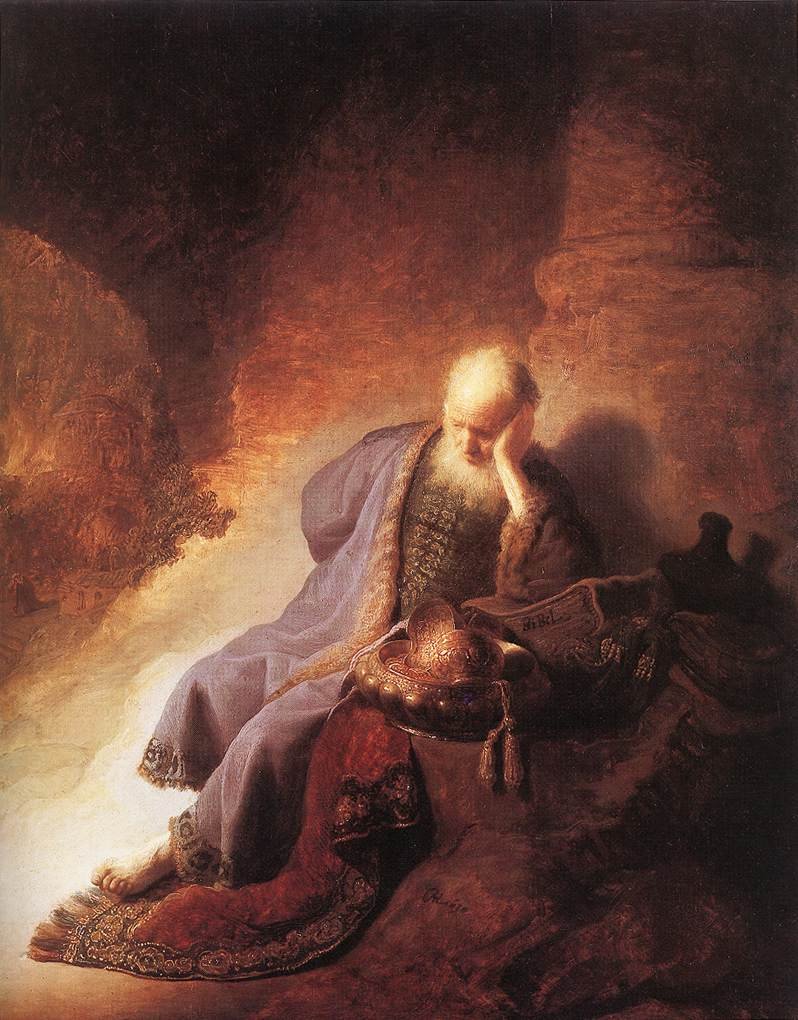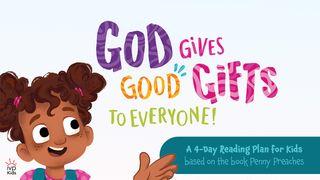Three Cornelias: Navigating Loss With the Bible & Rembrandtಮಾದರಿ

Jeremiah Lamenting the Destruction of Jerusalem (1630)

Rembrandt’s Jeremiah Lamenting the Destruction of Jerusalem captures more than just a moment in history—it captures the silence of grief, the kind that settles into your bones when everything you knew is shattered. The prophet Jeremiah sits, hunched and defeated, his eyes are heavy and his hand pressed to his forehead as if the weight of his sorrow is simply too much to bear. You can feel the ache. Jerusalem, the city of God, lies in ruins, and Jeremiah, with no words left to say, simply weeps.
At just 24 years old, Rembrandt already understood that kind of sorrow, having buried his mother four years prior, when he was only 20. Grief, like this, is overwhelming. It drags you down, leaves you breathless, and there’s no escape. Rembrandt’s painting captures that moment—a man broken by loss, caught between the weight of the past and the hopelessness of the future.
In Lamentations 1, we find the words of a people who are similarly undone:
“How lonely sits the city that was full of people!
She has become like a widow…” (Lamentations 1:1, ESV)
Perhaps you’ve felt this way—once full of hope, full of life, full of dreams—and now, it seems like all the people have left, leaving you alone in the rubble. Maybe you’ve lost something or someone that has left you feeling desolate. A relationship. Your health. Your sense of purpose. And like the people of Jerusalem, there’s a deep, quiet ache that refuses to go away.
“Her gates are desolate…
all her people groan as they search for bread” (Lamentations 1:4, 11, ESV)
It’s easy to read these verses and think of the destruction of a city, but I wonder if you’ve ever felt that deep hunger in your own life—the hunger that comes from losing something precious and not knowing how to heal. Maybe it’s a hunger that feels like a physical ache, a yearning for something to make sense, a desperate search for something that can’t be found in the rubble.
Jeremiah’s lament, captured by Rembrandt’s brush, reminds us that grief doesn’t have to be tidy or eloquent. There’s no right way to grieve. Sometimes, all you can do is sit in the silence, broken, and allow the sorrow to wash over you. Jeremiah doesn’t try to fix things; he doesn’t rush to a resolution. He simply grieves, and in his grief, he is deeply human. He shows us that lament is not a sign of weakness, but of honesty with God.
Maybe you’ve been trying to find the right words to pray, the right way to grieve, the right way to make sense of your pain. But like Jeremiah, you might find that the words aren’t there. And that’s okay. You don’t have to have all the answers. Sometimes, the only thing you can do is sit with God, just as Jeremiah did, and say, “I don’t know why this is happening, but I’m here, and I need You.”
ದೇವರ ವಾಕ್ಯ
About this Plan

This devotional reading plan invites you to walk through the depths of grief and hope alongside the biblical story and the hauntingly honest art of Rembrandt. Through the lens of his personal losses—including two daughters (both named Cornelia) and a son (unnamed) who died in infancy, and the complicated joy of a third daughter Cornelia, who survived into adulthood—we explore how faith, scripture, and creativity can speak into our sorrow. Let Rembrandt’s journey and the truth of God’s Word guide you through lament, healing, and the quiet strength of enduring love.
More
ವೈಶಿಷ್ಟ್ಯದ ಯೋಜನೆಗಳು

Forgive Them Too??

When God Is Silent: Finding Faith in the Waiting

God Gives Good Gifts to Everyone

Ways to Overcome Your Fears: Devotions for Girls (I Am Fearless)

Who Is Jesus?

Fearless & Free: Overcoming Fear With Faith a 5-Day Plan With Kelly Roberson

Adventure in Evangelism

Cornerstone: Rebuild, Renew, Restore

Jesus Never Said ‘Hustle’: Finding True Rest in a Burnout World
